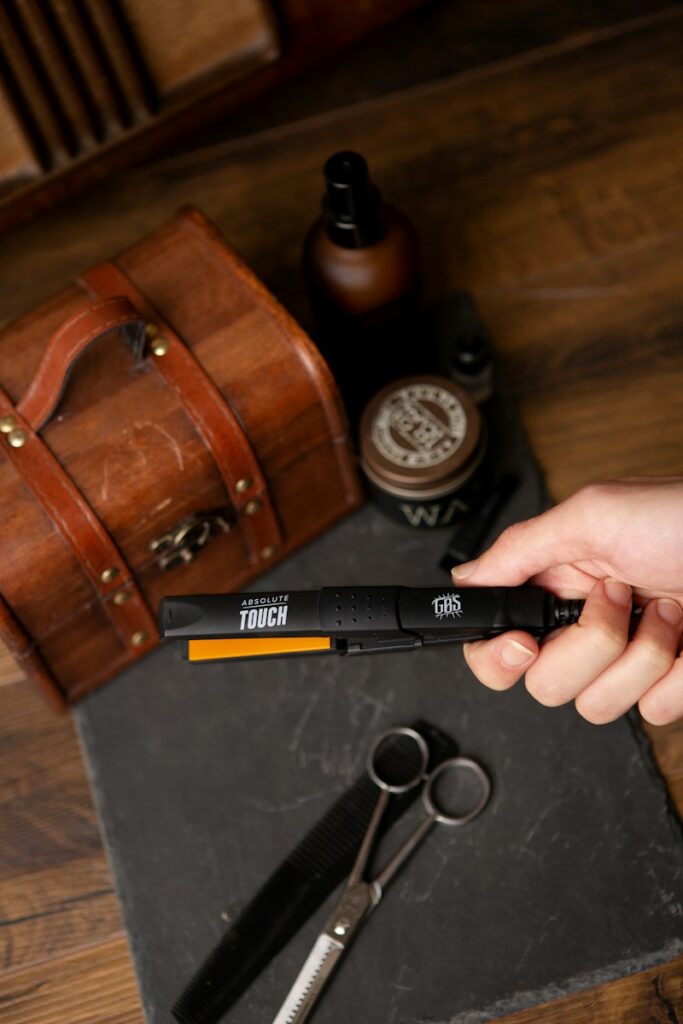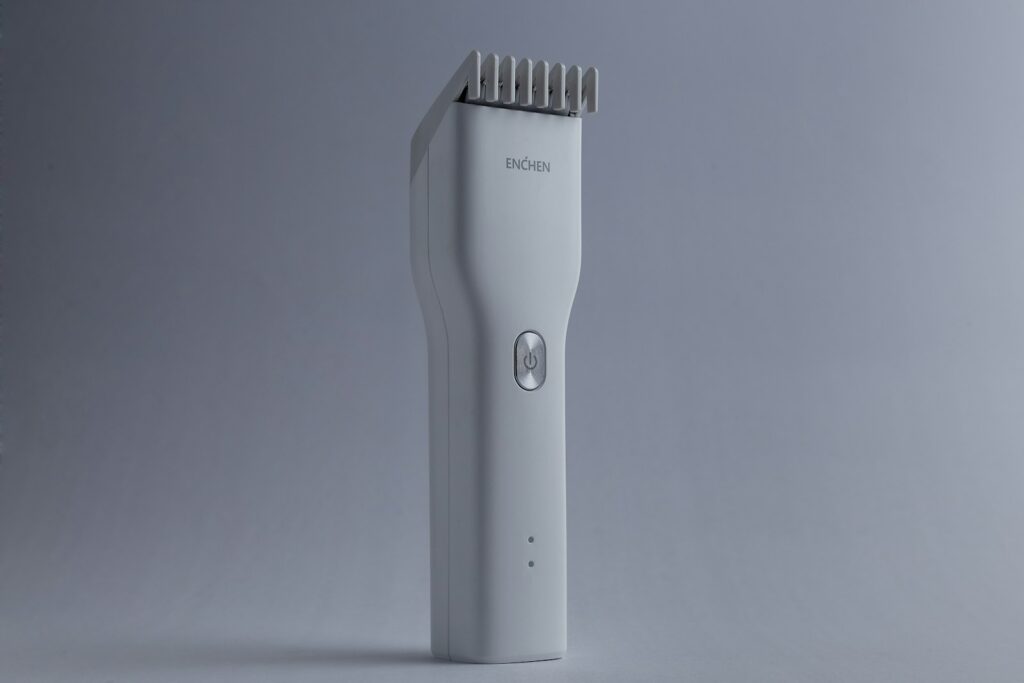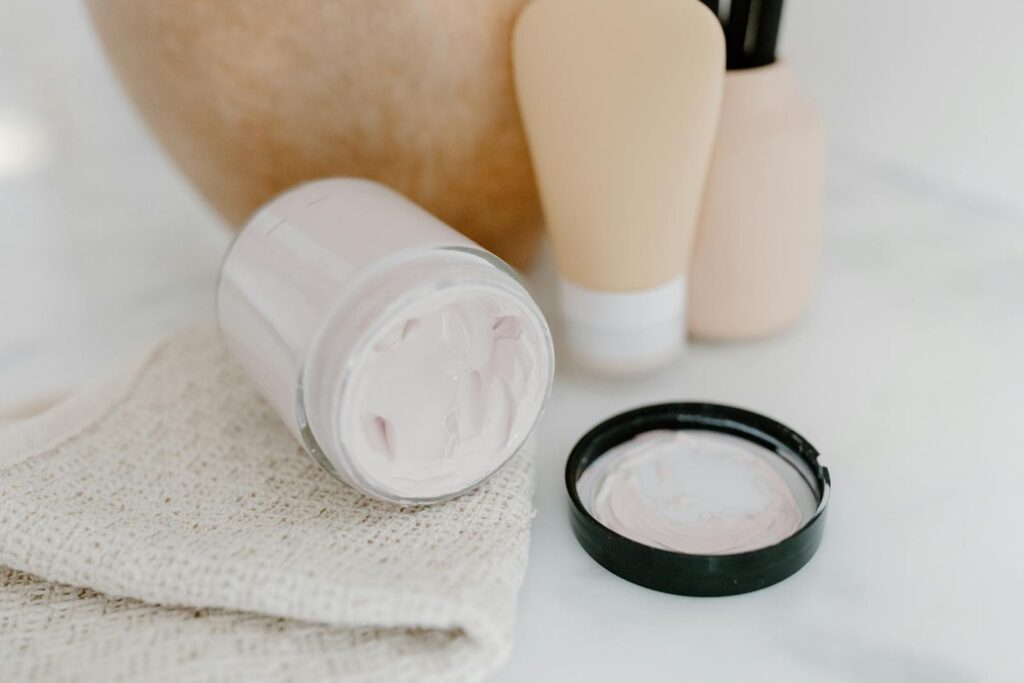Beard growth is a fascinating process influenced by genetics, hormones, and lifestyle choices. Understanding how testosterone and DHT affect facial hair can offer perspectives into achieving a fuller beard. Genetics play a vital role, determining the density and pattern of growth. While lifestyle factors like diet and exercise support healthy growth, patience is key. Exploring these elements reveals how men can optimize their beard potential and uncover the secrets behind their unique facial hair expedition.
Key Takeaways
- Testosterone and DHT are crucial hormones that stimulate facial hair follicles, promoting beard growth.
- Genetics significantly influence beard density, pattern, and terminal length, limiting external interventions’ effectiveness.
- Peak beard growth occurs between 25-35 years, varying across different ethnicities and ages.
- Balanced nutrition, regular exercise, and stress management optimize beard development and health.
- Understanding and embracing genetic limits and terminal length fosters realistic expectations and patience in the beard growth journey.
The Science Behind Beard Growth
Understanding the science behind beard growth involves exploring the biological and hormonal mechanisms that drive this process. Testosterone and its derivative, dihydrotestosterone (DHT), play essential roles. These hormones, primarily produced in the testes and adrenal glands, stimulate facial hair follicles, encouraging growth. Genetic factors considerably influence an individual’s beard thickness and pattern, with variations observed across different ethnicities and family lines. While testosterone levels generally peak during the late teens to early adulthood, they gradually decline with age. Maintaining a healthy lifestyle, including proper diet and exercise, can support ideal hormone levels, promoting steady beard development for those seeking to serve others. Regular physical activity boosts testosterone levels, enhancing the ability to maintain a healthy beard growth cycle.
Phases of Beard Development
Beard development involves several distinct phases that each hair follicle undergoes independently. Understanding these phases helps individuals better nurture their beard growth. The process includes:
- Anagen Phase: This is the active growth phase, lasting months to years, where hair grows about ½ inch per month. It’s essential for determining the potential length of the beard.
- Catagen Phase: A transitional stage lasting a few weeks, during which hair detaches from the follicle, and growth slows.
- Telogen Phase: The resting period, lasting 2-4 months, where hair eventually sheds, making room for new growth.
Consistent use of tools like a derma roller can enhance the effectiveness of these phases by stimulating hair follicles and promoting healthier beard growth. These phases highlight the patience required for a full beard.
Hormonal Influences on Beard Growth
While the distinct phases of beard development emphasize patience, hormonal influences play a significant role in determining the rate and fullness of beard growth. Testosterone, the primary hormone, stimulates facial hair growth, with higher levels often correlating with a thicker beard.
Dihydrotestosterone (DHT), derived from testosterone, also supports growth but may lead to scalp hair loss. Maintaining healthy testosterone levels through diet and exercise can enhance growth potential.
As men age, testosterone declines, slowing growth, yet adopting good habits can mitigate this effect. Balancing hormones through lifestyle choices supports those aiming to serve others with confidence and a well-groomed appearance.
Genetic Factors in Beard Growth
Genetic factors play an essential role in determining the potential for beard growth, influencing aspects such as density, pattern, and quality. An individual’s lineage can markedly impact how their beard develops, as genetics set the foundation for facial hair characteristics.
For those seeking to serve others by enhancing their appearance, understanding the genetic influences on beard growth is critical. Here are some key considerations:
- Density: Genetics determine how thick or sparse a beard will be.
- Pattern: The areas where hair grows are largely dictated by one’s genetic makeup.
- Quality: Texture and color are also inherited traits affecting beard appearance.
Impact of Age and Race on Beard Growth
As men age, they may notice changes in their beard growth patterns, with prime growth typically occurring between the ages of 25 and 35. During this time, testosterone levels are generally higher, promoting more vigorous facial hair development.
However, as testosterone declines with age, beard growth may slow but not necessarily stop. Race also plays a significant role in beard growth. Caucasian men often experience thicker and fuller beards, while men of Asian descent might see less density.
Understanding these factors can help individuals tailor their grooming routines to better serve their unique beard growth path, nurturing confidence and self-expression.
Nutrition and Lifestyle for Optimal Beard Growth
To achieve ideal beard growth, nutrition and lifestyle play significant roles beyond just genetic predispositions. A balanced diet and healthy habits support vigorous facial hair development.
For maximum results, consider these essentials:
- Nutrition: Consuming foods rich in vitamins A, B, C, E, zinc, and protein can enhance beard growth. These nutrients boost hair strength and promote faster development.
- Exercise: Regular physical activity increases testosterone levels and improves blood circulation, both essential for healthy beard growth.
- Stress Management: Techniques like meditation or yoga can help reduce stress, preventing slower hair growth or potential hair loss, leading to a fuller beard.
Grooming and Maintenance Techniques
Maintaining a strong and healthy beard requires more than just good nutrition and lifestyle choices; proper grooming and maintenance play a pivotal role as well. Regular beard care involves using quality products like beard oil to hydrate and soften facial hair, preventing dryness and itchiness.
Combing and brushing the beard with tools like a boar bristle brush help distribute natural oils and promote even growth. Trimming the neckline and cheek lines ensures a neat appearance, enhancing the beard’s overall look.
Consistent grooming habits not only support healthy growth but also enable individuals to present their best selves, ready to serve others.
Overcoming Common Beard Growth Challenges
Growing a beard isn’t always a smooth path, as many men face common challenges that can hinder progress. Addressing these obstacles involves understanding and managing them effectively. Here are three common challenges:
- Patchiness: Uneven growth can be frustrating, but patience and proper grooming can help blend areas.
- Itchiness: Early growth often causes discomfort; using beard oil and moisturizers can alleviate this issue.
- Slow Growth: Some men experience slower growth due to genetics or lifestyle factors; maintaining a healthy diet and reducing stress can promote better results.
Overcoming these challenges guarantees a more satisfying beard development expedition for those seeking to serve others confidently.
Maximizing Your Beard’s Growth Potential
Releasing the full potential of one’s beard involves more than just patience; it requires understanding the key factors that contribute to healthy and strong growth. Balanced nutrition, rich in essential vitamins and minerals, fuels vigorous beard development.
Regular exercise elevates testosterone levels, promoting fuller growth. Consistent grooming with quality beard oils and brushes maintains skin health and encourages even growth.
Stress management through meditation or yoga prevents growth slowdown, ensuring steady progress. Avoiding smoking and maintaining a clean lifestyle further supports beard health.
Understanding and Reaching Terminal Beard Length
Achieving a full beard involves understanding various stages of growth, one of which is reaching the terminal length. Terminal beard length is the maximum growth a beard can achieve, dictated by genetics. It marks when hair stops growing longer despite continued care.
To support others in their beard expedition, one should focus on:
- Patience: Understand that reaching terminal length can take several years and varies per individual.
- Consistent Care: Maintain a healthy lifestyle, including diet and exercise, to support beard growth.
- Realistic Expectations: Recognize that genetics play a significant role, and altering terminal length is limited.
Understanding these factors aids in achieving a fulfilling beard voyage.
Final Thoughts
Revealing the secrets of beard growth involves balancing genetics, hormones, and lifestyle. Testosterone and DHT play essential roles, but genetic factors determine beard density and pattern. Although external methods have limited impact on length, proper diet, exercise, and skincare are indispensable for nurturing hair follicles. Understanding growth phases and overcoming challenges help maximize potential. Embracing natural patterns and maintaining patience will guide men toward achieving a fuller, healthier beard, ultimately reaching their terminal length.







